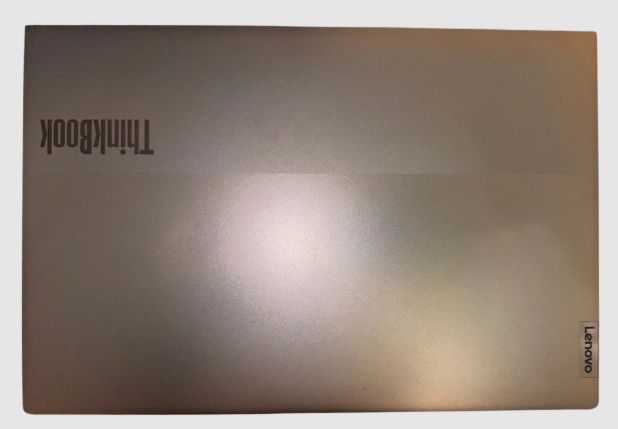In India’s crowded digital market, your brand’s online presence is often its first impression. And that impression is largely shaped by two key elements—design and content. A functional, attractive website paired with relevant, engaging content not only enhances credibility but also builds trust, encourages interaction, and drives conversions. For businesses across sectors, the question is no longer if they need an online brand, but how to build one that lasts.
This is where web design and content come together—not as separate silos but as complementary forces.
Why Web Design is More Than Just Looks
At a glance, web design might seem like a purely visual exercise. But a good design does more than make things pretty—it guides users, reinforces messaging, and makes experiences seamless. For Indian users, who often come online through mobile-first interactions and across diverse languages, ease of use is paramount.
A well-structured website does three things:
- Keeps users engaged by making navigation intuitive
- Aligns with brand colours, typography, and tone to create a distinct identity
- Loads fast and adapts well to all devices
Working with a web design agency in India ensures that both design sensibilities and technical frameworks are tailored to regional nuances, right from language preferences to browsing behaviour.
The Content Factor: More Than Words
Great content is not just about being clever or catchy—it is about being clear, useful, and relevant. Content is what keeps users scrolling, clicking, and returning.
It has a few key responsibilities:
- Explaining who you are and what you offer
- Addressing your audience’s questions, concerns, or goals
- Guiding users to take meaningful actions—signing up, enquiring, or buying
Moreover, content is not limited to text. It includes visuals, videos, infographics, and even micro-interactions. The format you choose should match what your audience prefers and how they consume information.
How Design and Content Work Together
You could have the best-written content, but if the design fails to support it, your message might not land. Likewise, sleek design without substance feels hollow. Here is how these two pillars reinforce each other:
- Design makes content easier to read, browse, and digest
- Content fills design structures with purpose and direction
- Together, they create a cohesive brand personality that is consistent across the website
Say, for instance, a user is exploring a skincare brand’s website. Clean visuals, consistent branding, and fast-loading pages help them trust the site. Well-written content, with honest product descriptions and clear CTAs, leads them to make a purchase or follow on social channels.
This seamless journey—where nothing feels out of place—is what sets successful online brands apart.
Local Relevance Matters
One-size-fits-all strategies do not work in a market as complex as India. From metro cities to Tier 2 clusters, expectations around language, design aesthetic, and content tone vary widely.
For businesses in cities like Kolkata, where local competition is high, partnering with an experienced advertising company in Kolkata can help craft content that feels familiar yet aspirational. It ensures your voice connects across demographics—from legacy audiences to digital natives.
This is why it helps to work with teams that understand both local and digital contexts. Agencies like RepIndia bring this dual advantage to the table—they combine creative thinking with market insight to build experiences that feel native and perform well.
What a Strong Online Brand Actually Looks Like
A strong brand does not shout. It connects. It makes users feel understood, supported, and motivated to engage. While the elements may vary across industries, the core traits remain consistent:
- Consistent visual and verbal identity
- Easy-to-navigate website structure
- Useful and up-to-date information
- Content that reflects your brand’s values and tone
- Design that adapts to devices and browsers effortlessly
These elements do not come together by accident. They require planning, collaboration, and ongoing optimisation.
Mistakes to Avoid
Some businesses treat web design as a one-time activity, forgetting that both design trends and user expectations evolve. Others create great content but bury it behind clunky navigation or weak visuals.
Here are a few common missteps:
- Overloading pages with too much text or too many visuals
- Ignoring mobile optimisation
- Using generic content that fails to connect with the target audience
- Letting design dominate at the cost of usability
Avoiding these pitfalls becomes easier when there is a well-structured content strategy in place, supported by a flexible design system. This balance ensures that changes, whether seasonal campaigns or new product launches, can be rolled out without disrupting the user journey.
Final Thoughts
Building a strong online brand takes effort across months, sometimes years, to develop an identity that users recognise and trust. But with the right mix of thoughtful design and purposeful content, it becomes easier to stand out—even in a crowded digital space.
For businesses across India, especially those navigating growth in urban and semi-urban regions, finding the right partners makes all the difference. A web design agency in India that understands both structure and storytelling can provide long-term value. Similarly, an advertising company in Kolkata with experience across platforms can elevate your messaging beyond just words.
Agencies like RepIndia bring both these strengths to the table—merging strategic thinking with creative execution. The result is not just a website or a content calendar, but an online presence that truly represents who you are and where you want to go.





